Photo: Lithuanian Airports
Reading Time: 6 minutesIn the modern world of possibilities, airports, just like all the other units comprising the aviation industry, are greatly accelerating the pace of their development. New terminals full of entertainment for passengers, services easing check-in or boarding processes as well as many other technological innovations are literally springing up in airports like mushrooms overnight.
Nevertheless, even the most modern airport cannot exist with runways which do not comply with all the requirements allowing the aircraft to operate on it. Thus, the main duty of any airport is to maintain a good operating condition of their runways.
Generally, either major or minor repairs of the runway demand not only huge financial investments but also consume a lot of time and require endless patience as well as determination from the airport authorities.
Therefore, recently, Vilnius International Airport, located almost in the heart of the capital city of Lithuania, has closed its gates due to a fundamental reconstruction of its runway and moved its air services to a much smaller airport in Kaunas. Thus, Aviation Voice satisfied its curiosity on the current matter by interviewing Donatas Voveris, COO at Lithuanian Airports.
So, let’s get into some details regarding the reconstruction process in the main airport of the country, find out the opinion of the local people as well as air travellers on this project and sneak a look at the future plans of Lithuanian Airports in general.
How much time did you need to arrange all the things before the start of reconstruction?
Preparations for the project started about three years ago. The most active preparation works were carried out during the last 9 to 12 months before the closure of Vilnius Airport.
The main contractor of the reconstruction was selected in February 2017 and it started to work right away. Also, some of the preliminary reconstruction works started in the middle of 2016 with another contractor.
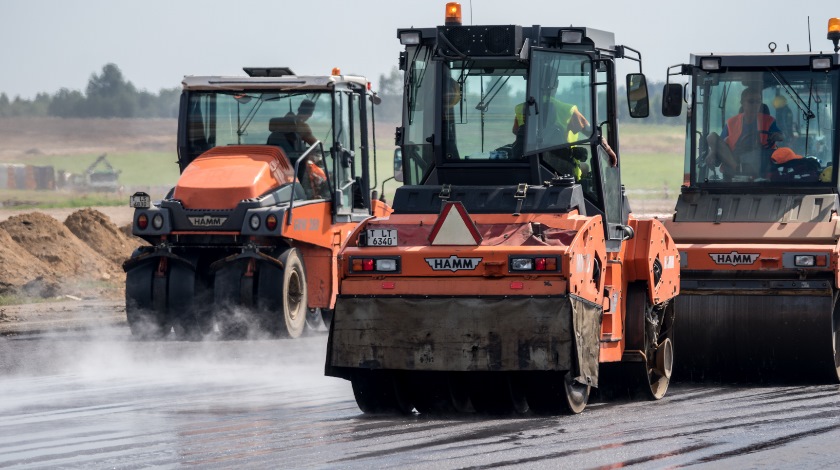
Which stage of the reconstruction was or will be the most challenging to handle?
It is the second stage of the reconstruction which includes the main reconstruction works and takes place from 14 July to 11:59 p.m. on 17 August when the airport is closed for 35 days.
The major reconstruction includes replacing the old pavement, reinforcing its foundation, installing new drainage and rainwater collection systems as well as installation of a new lighting system.
Most of the works cannot be done in a working airport and, thus, must be finished in time for re-opening of Vilnius Airport.
Why was the reconstruction scheduled particularly for the summer period, which is the busiest in Lithuania?
It was chosen to reconstruct Vilnius Airport runway during the period of 14 July 2017 through 17 August 2017, 11:59 p.m., due to the most suitable weather conditions and technical solutions.
First, dry air – precipitation analysis of 2012–2014 shows that, during the above-mentioned period statistically there is the least amount of rainy days.
Second, high temperature – having in mind the scope of reconstruction, it is the most advantageous to complete preparation works that can be done without interrupting day-to-day activities of the airport in spring and early summer, and then do most of the weather-sensitive work (e.g. laying of the asphalt) in the middle of the summer with the airport closed.
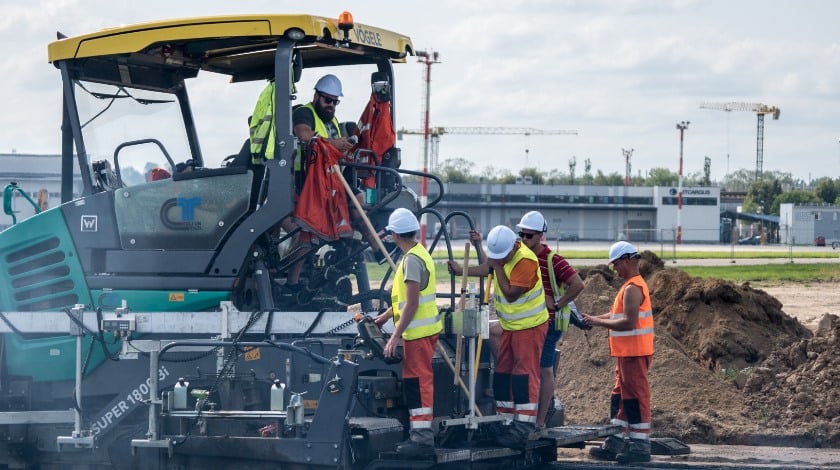
Is this type of runway reconstruction common in aviation in general?
Runway reconstructions are unavoidable at airports around the world. However, many airports of the major European cities have several runways or sufficiently wide parallel taxiways which can be used when the main runways are being reconstructed.
Runway reconstructions when an airport is being closed are done only when no other alternative is technically possible.
This is the case for us with Vilnius Airport. Also, to our knowledge it is the first time in recent European aviation history when operations of a much bigger airport are being transferred to a smaller airport.
What was the reaction of the local inhabitants around the airport regarding the reconstruction process? What is the opinion of the flying public to the move of air services from Vilnius to Kaunas?
Locals were informed about reconstruction two years ago. They had concerns about the noise coming from all the heavy equipment working in the airport. Though the noise of machinery is lower than the noise of planes, it is not stopping 24/7 due to a really tight schedule of reconstruction works.
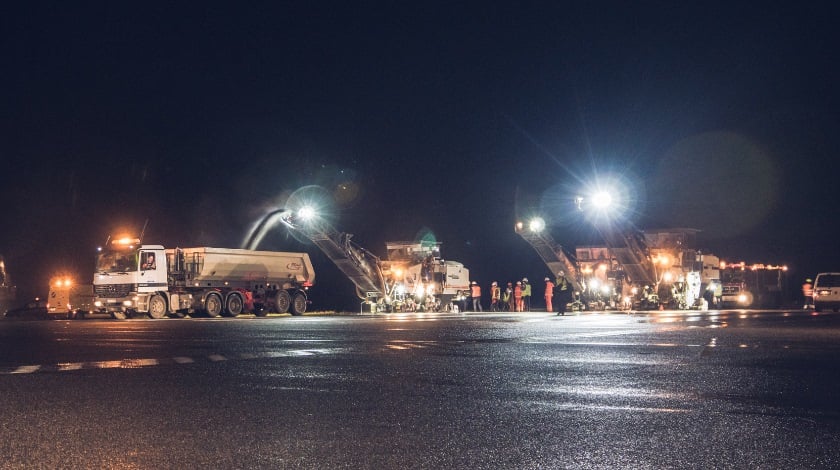
Meanwhile, the reviews in the press and on social media show, that passengers are generally happy about all the attention they are getting from our staff and they are impressed by procedures carried out in Kaunas Airport as well as how well temporary infrastructure is functioning.
Also, for more than half of the country Kaunas Airport is closer to their home and thus more easily accessible.
On the other hand, some destinations are not as easily accessible due to some flights not being transferred from Vilnius to Kaunas. This causes some inconvenience for our passengers.
Also, due to not all of GDS systems being updated with information about Kaunas for some passengers it is harder to book flights to and from Lithuania. For this we are really sorry.
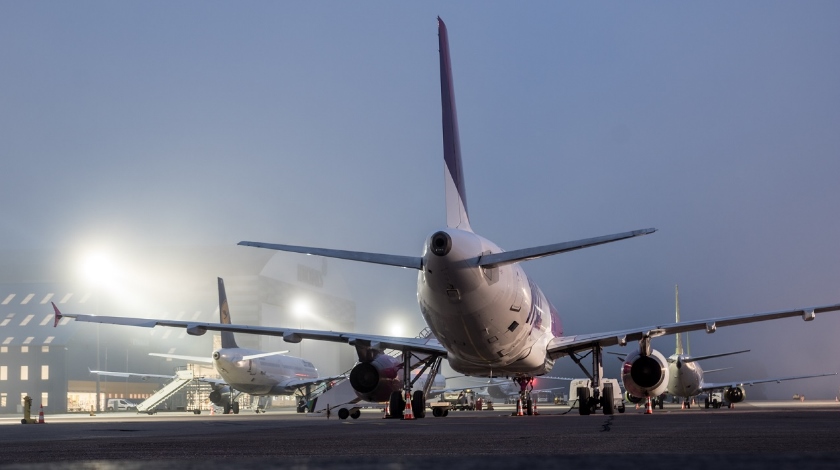
Did the move of the Lithuanian aviation hub from Vilnius to Kaunas impact the number of passengers coming to Lithuania?
Due to the temporary closure of Vilnius Airport we are seeing a decrease in passenger traffic of around 15% on a year to year basis. This is fully in line of what was forecasted when planning the project.
On the other hand, number of passengers in Lithuanian Airports increased by 15% in the first half of the year 2017. Thus, we assume that even with fewer passengers during the reconstruction period, the final annual passenger number will be approximately the same as last year (4.8 million).
Are Kaunas and Palanga airports to have their runways reconstructed, too?
Palanga Airport most likely will have its runway and apron reconstructed in the upcoming five years. However it would be simple reconstruction (only the change of asphalt), but not the major one as Vilnius Airport is having right now.
The runway of Kaunas Airport was reconstructed 10 years ago and will not need major improvements in the nearest future.
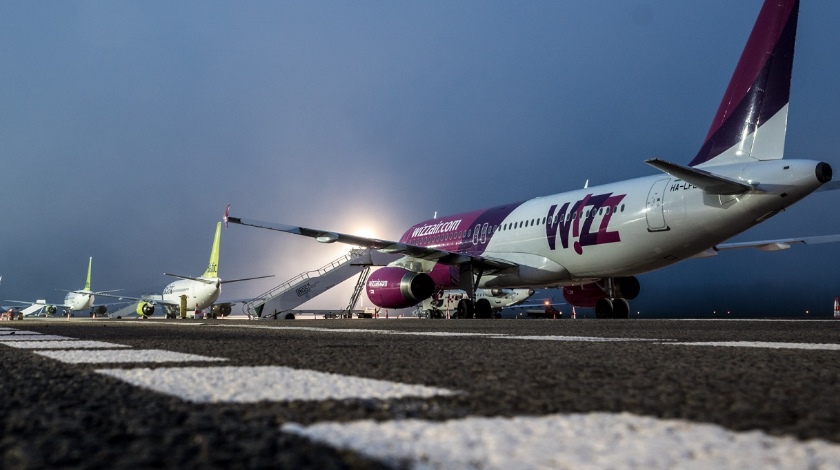
Can current move of air services out of Vilnius increase passengers’ traffic in Palanga and Kaunas even after the reconstruction in VNO is over?
Though increase in passenger traffic is not at the heart of this project, we do focus on leaving the best impression possible with airlines in Kaunas. No actual plans are agreed upon at the moment, but we have enough positive feedback from airlines about Kaunas to be hopeful that something might come out of this.
Palanga Airport is not participating in the project, thus we only plan organic growth for this airport.
Are there any plans for the future expansion of the airport?
Reconstruction of the runway is just the first step of our future vision of Vilnius Airport. We are planning to expand the terminal building to ensure that it can comfortably serve fast growing number of passengers at Vilnius Airport.
Also, we are planning to install new luggage handling system and make improvements to aviation security technologies. Additional car parking capacity and improved traffic scheme are too in the works.
Our passengers should be ready to meet the renewed Vilnius Airport in 2020.


